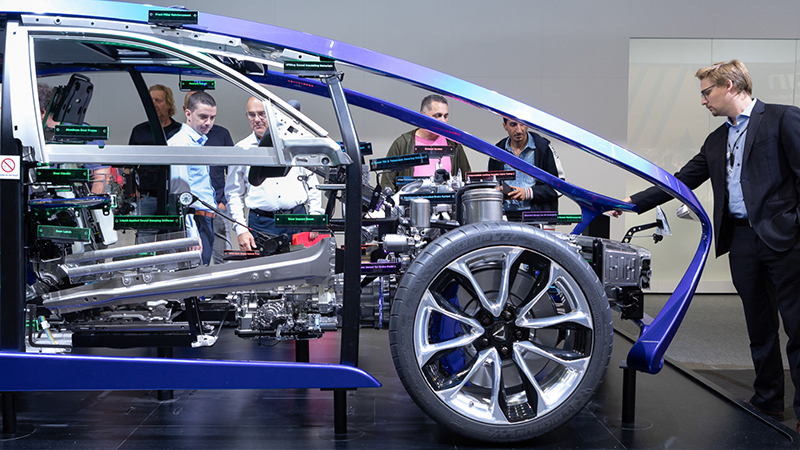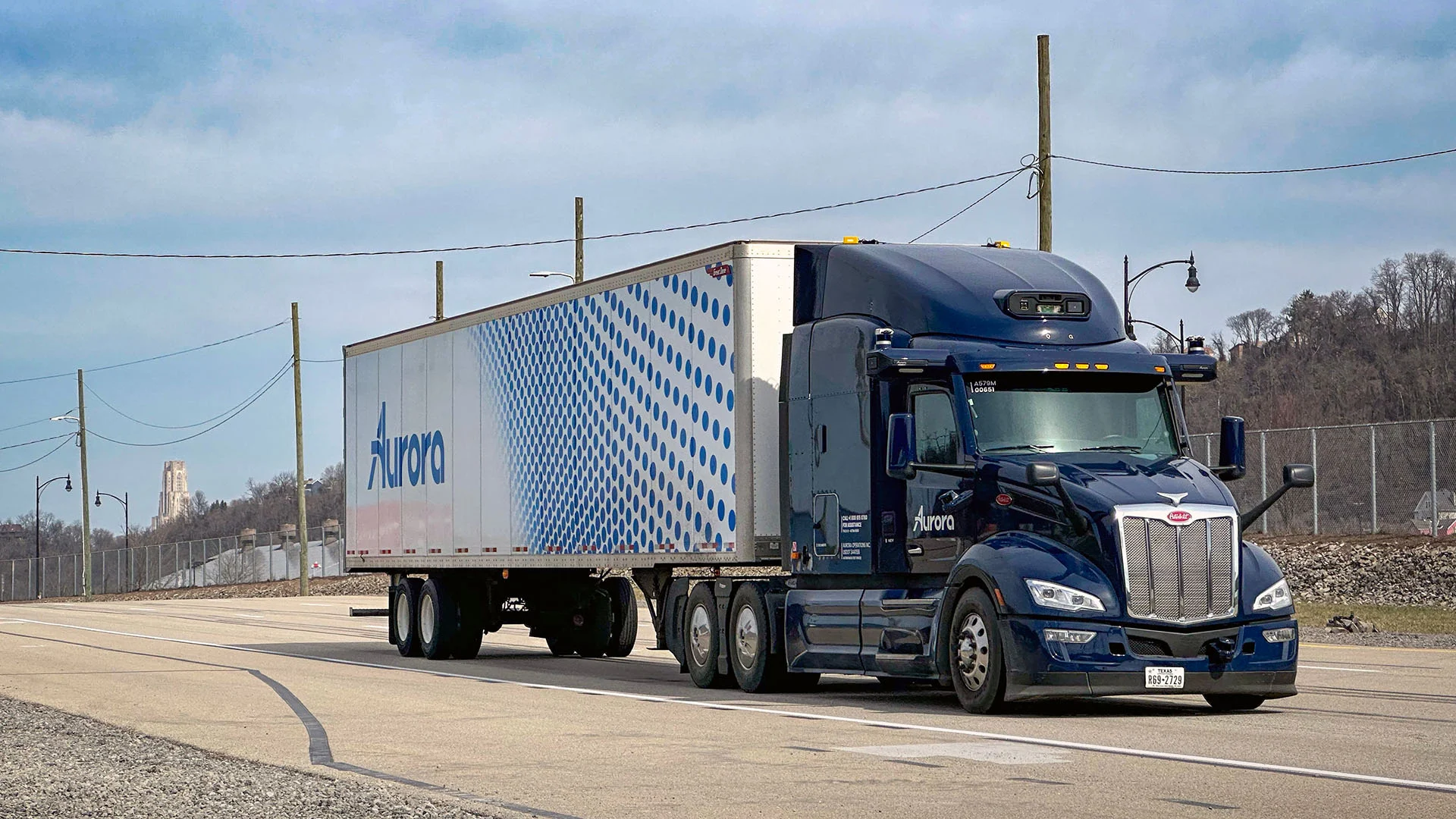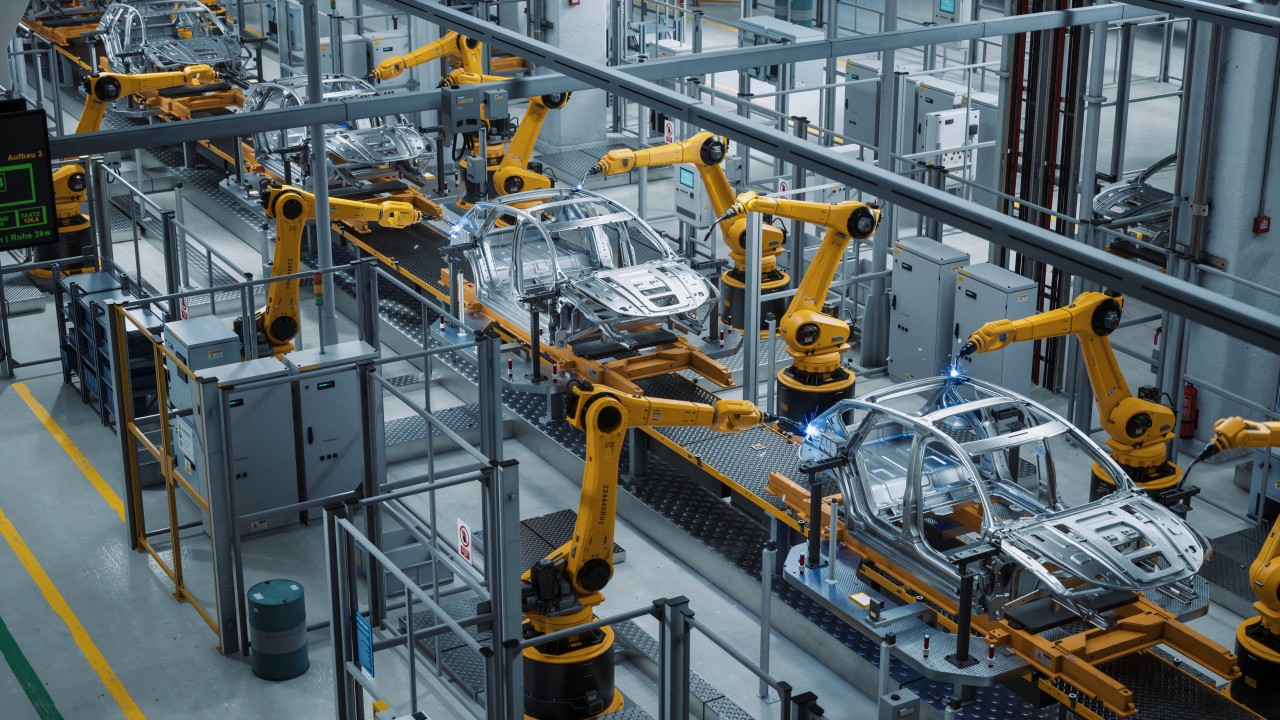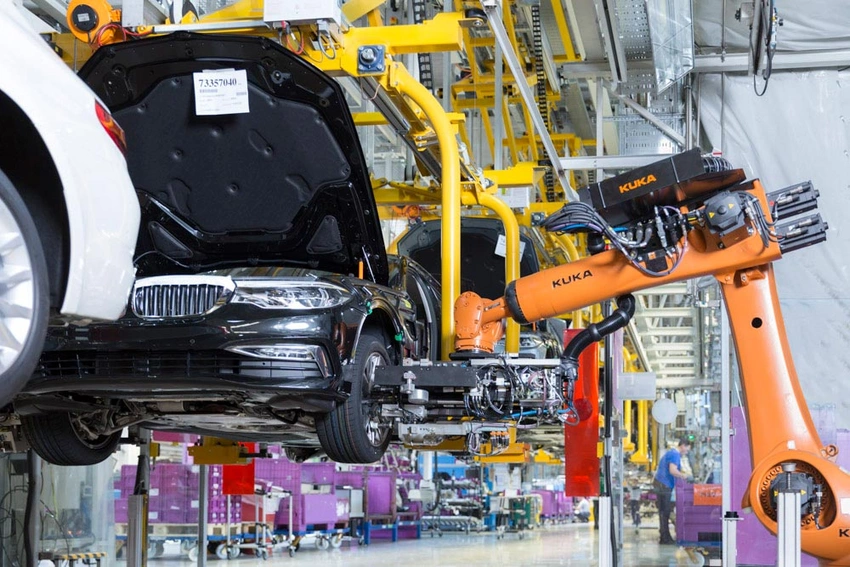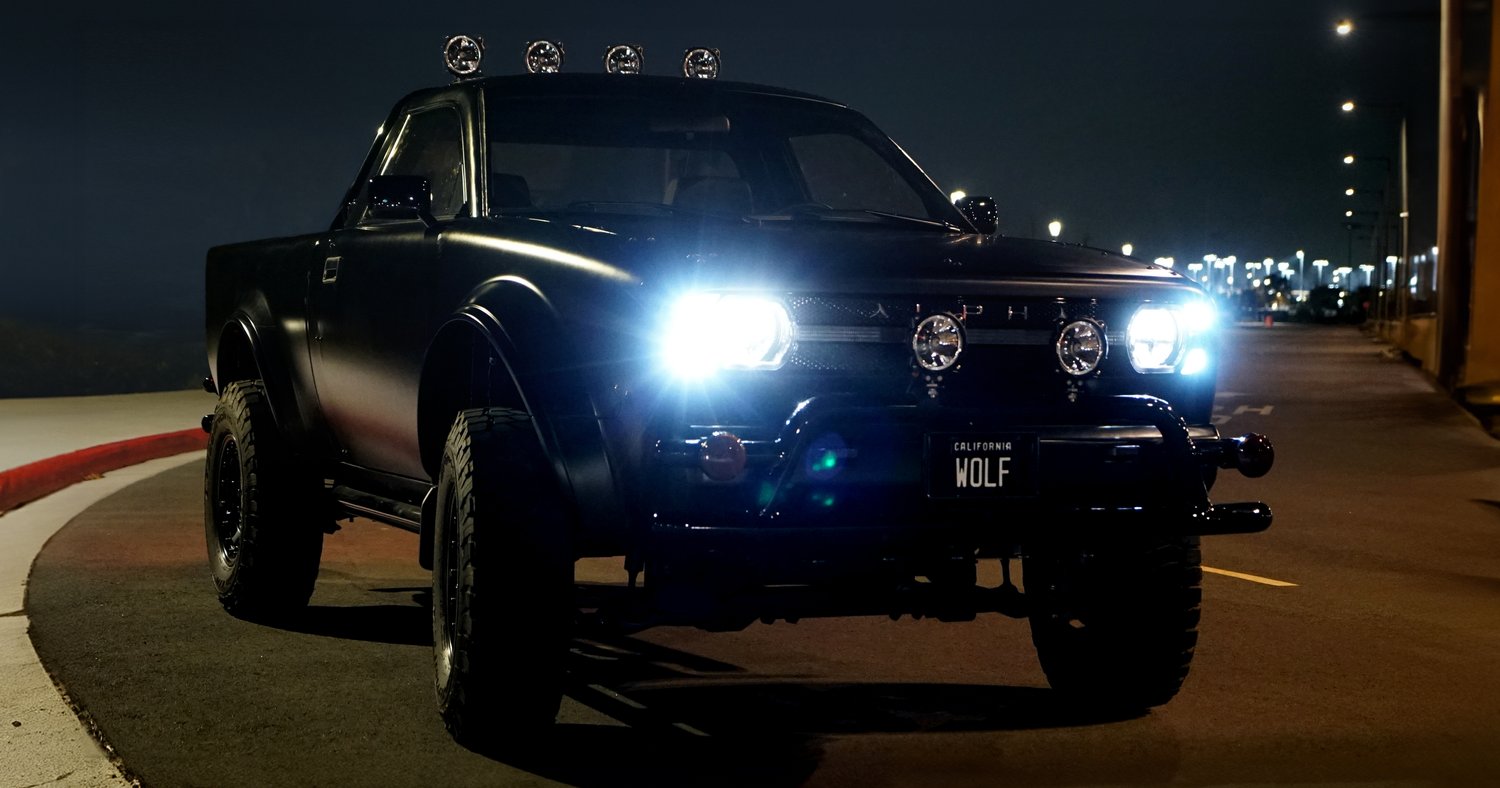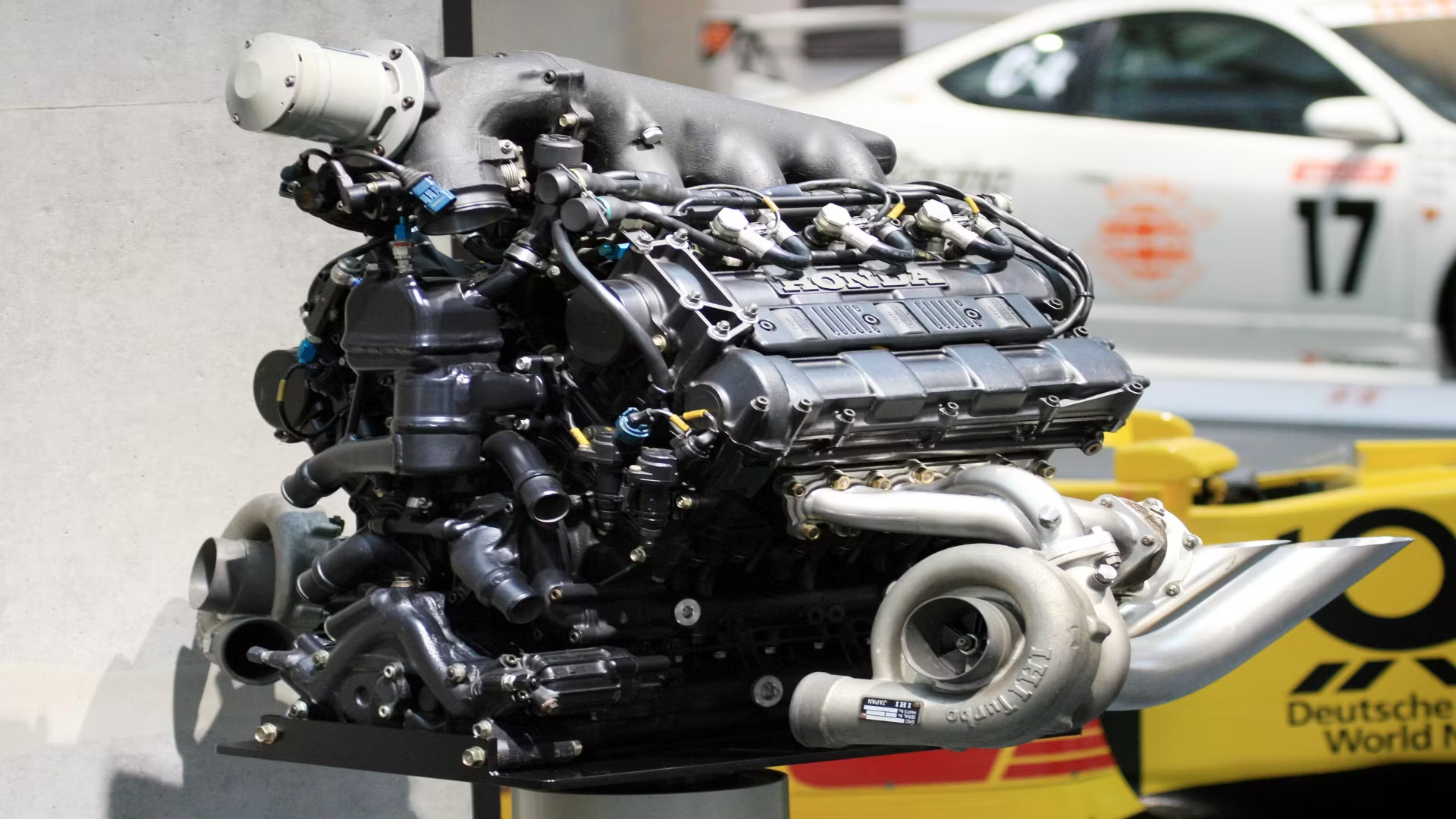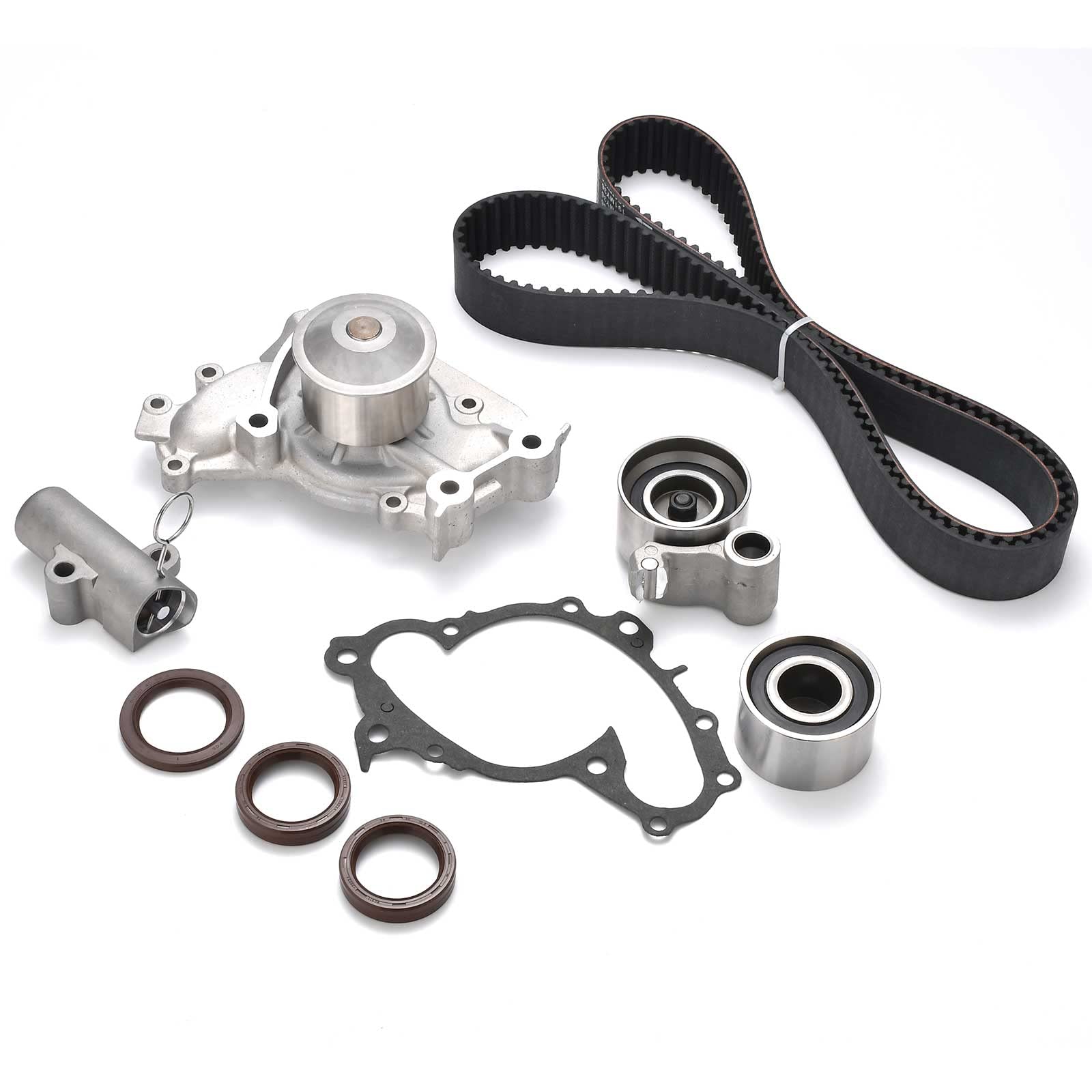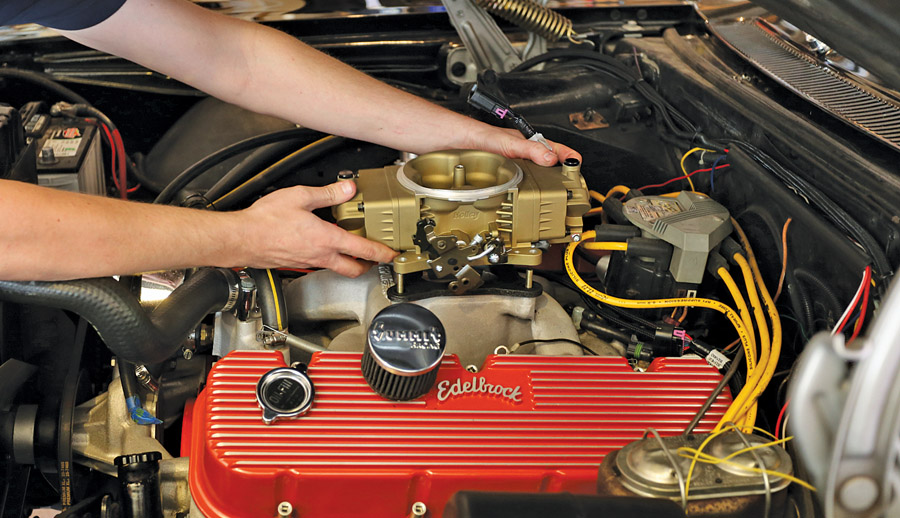Fiat FireFly Engines: A Revolution in Automotive Performance and Efficiency
The Fiat FireFly engine series represents a significant leap forward in automotive engineering, embodying the principles of performance, efficiency, and sustainability. Developed by Fiat Chrysler Automobiles (FCA), now part of Stellantis, the FireFly engines are designed to meet the rigorous demands of modern driving while adhering to stringent environmental standards. These engines, available in both three-cylinder and four-cylinder configurations, are becoming a staple in Fiat's vehicle lineup, delivering a blend of power and efficiency that is reshaping the automotive landscape.
The Genesis of FireFly Engines
The development of the FireFly engine family began as part of Fiat’s strategy to create a new generation of powertrains that would be lighter, more efficient, and environmentally friendly. Launched in 2016, the FireFly engines were designed to replace the aging FIRE (Fully Integrated Robotized Engine) series, which had been in production for several decades. The goal was to produce a versatile engine platform that could power a wide range of vehicles, from small city cars to larger SUVs.
Engine Variants and Technical Specifications
The FireFly engine family includes two main variants: a 1.0-liter three-cylinder and a 1.3-liter four-cylinder engine. Both engines employ advanced technologies to maximize performance and fuel efficiency.

1.0-Liter Three-Cylinder Engine
The 1.0-liter engine features a compact, lightweight design, making it ideal for smaller vehicles. Key technical specifications include:
Displacement: 999 cc
Power Output: Approximately 72 to 100 horsepower, depending on the specific configuration
Torque: Around 102 to 190 Nm
Fuel Injection: Direct injection
Valvetrain: Dual overhead camshafts (DOHC) with four valves per cylinder
Turbocharging: Available in some variants to boost performance
1.3-Liter Four-Cylinder Engine
The 1.3-liter engine is designed for larger vehicles and those requiring more power. Key technical specifications include:
Displacement: 1332 cc
Power Output: Approximately 101 to 150 horsepower, depending on the specific configuration
Torque: Around 127 to 270 Nm
Fuel Injection: Direct injection
Valvetrain: Dual overhead camshafts (DOHC) with four valves per cylinder
Turbocharging: Available in some variants to enhance performance
Advanced Technologies
Several advanced technologies are incorporated into the FireFly engines to enhance their performance and efficiency:
Turbocharging: Turbocharged variants offer increased power and torque without significantly compromising fuel economy. This allows smaller engines to perform like larger ones, providing a balance between performance and efficiency.
Direct Fuel Injection: This technology improves combustion efficiency by injecting fuel directly into the combustion chamber. It results in better fuel atomization, more complete combustion, and reduced emissions.
Start-Stop System: This system automatically shuts off the engine when the vehicle is at a standstill and restarts it when the accelerator is pressed. This reduces fuel consumption and emissions during idling.
Variable Valve Timing (VVT): VVT optimizes the timing of valve opening and closing to improve performance, fuel efficiency, and emissions under different operating conditions.
Lightweight Construction: The use of lightweight materials such as aluminum for the engine block and cylinder head reduces the overall weight of the engine, enhancing vehicle performance and fuel efficiency.
Environmental Impact
The FireFly engines are designed to meet the latest Euro 6D emissions standards, which are among the most stringent in the world. These engines produce lower levels of CO2 and other pollutants compared to their predecessors, contributing to cleaner air and reduced environmental impact. The use of direct fuel injection and turbocharging helps achieve these low emission levels by ensuring more complete and efficient combustion.
Applications in Fiat Vehicles
The FireFly engines are used across a range of Fiat models, demonstrating their versatility and adaptability. Notable applications include:
Fiat 500: The 1.0-liter three-cylinder FireFly engine provides a perfect blend of performance and efficiency for this iconic city car, making it ideal for urban driving.
Fiat Panda: The FireFly engines enhance the Panda’s practicality and economy, whether in city or rural settings.
Fiat Tipo: The 1.3-liter four-cylinder engine offers robust performance for this compact car, ensuring a smooth and efficient ride.
Fiat 500X and 500L: These larger models benefit from the added power and torque of the FireFly engines, providing a dynamic driving experience without compromising on fuel economy.
Future Prospects
Looking ahead, Fiat plans to continue developing and refining the FireFly engine family. Future iterations are expected to incorporate even more advanced technologies, such as mild hybrid and plug-in hybrid systems, further enhancing their efficiency and environmental credentials. Additionally, ongoing research into alternative fuels and advanced combustion techniques will ensure that FireFly engines remain at the cutting edge of automotive engineering.
Conclusion
The Fiat FireFly engine series represents a significant advancement in automotive technology, combining performance, efficiency, and environmental sustainability. Through the use of advanced materials and technologies, these engines provide a superior driving experience while meeting the stringent demands of modern emissions standards. As Fiat continues to innovate and expand the FireFly engine family, it is clear that these powertrains will play a crucial role in shaping the future of automotive engineering.

